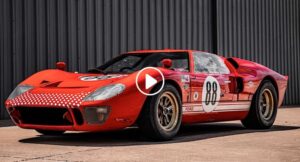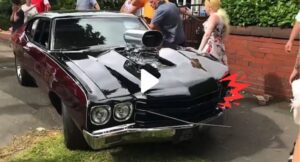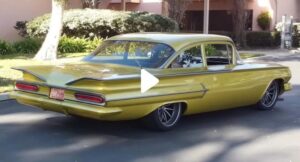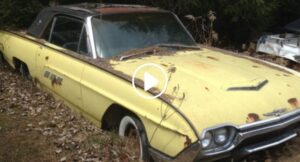In the mid-1960s, Ford was in the midst of its Total Performance marketing campaign, a bold attempt to establish the brand as a leader in high-performance vehicles. As part of this initiative, Ford released an array of special vehicles such as the Shelby-tuned Mustangs and Cobras. However, the company also recognized the need to appeal to blue-collar consumers, particularly those interested in drag racing.
At that time, stock drag racing classes were already heating up, with fierce competition among all major car manufacturers. All Detroit-based automakers were equipping their full-size cars with their largest-displacement V8 engines. However, Ford saw an opportunity in the weight advantage offered by intermediate vehicles. This realization led to the development of the Fairlane 500 R Code, a car that would become an icon of American muscle.
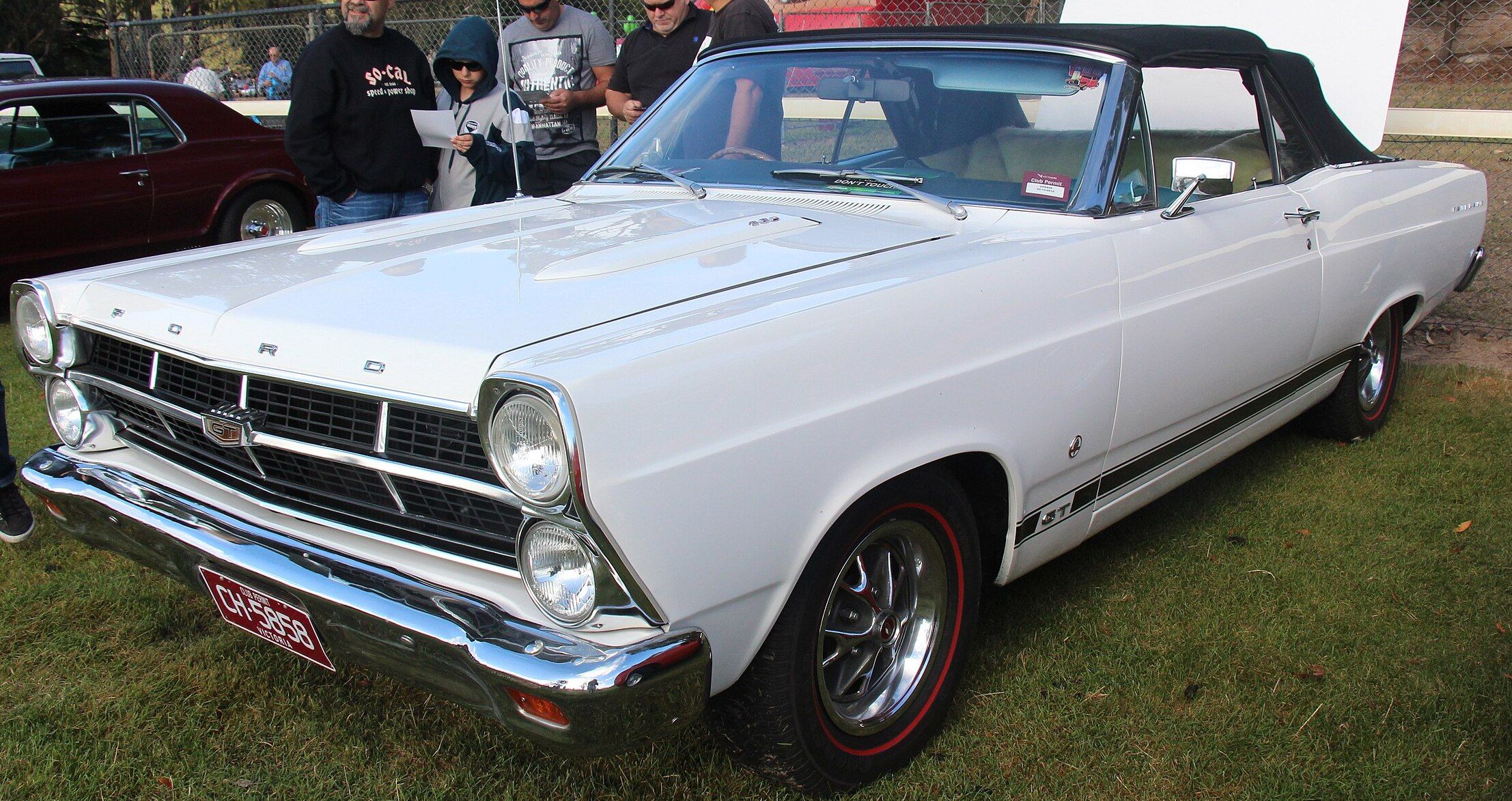
The Ford Fairlane 500 R Code was an iconic vehicle that has left an indelible mark on the history of American muscle cars. It was developed and produced by the Ford Motor Company in the mid-1960s, and it was a limited-edition vehicle that was primarily designed for racing. The Fairlane 500 R Code was a product of Ford’s racing division, which was established to compete with General Motors, Chrysler, and other popular car manufacturers at the time in the muscle car segment.
The creation of the Fairlane 500 R Code concept began with a clear goal in mind: to create a lightweight, high-performance vehicle that would be competitive on the racetrack. The engineers at Ford’s racing division were tasked with developing a car that was stripped down to its bare essentials, with no unnecessary weight or features that would impede its performance. The end result was a car that was designed to go fast and make it light, with a focus on speed and agility rather than luxury or comfort.
The development process for the Fairlane 500 R Code involved a number of technical details that were carefully engineered to maximize the car’s performance. To make the car as light as possible, Ford’s engineers removed all non-essential components, including sound deadening and luxury features like power steering, and air conditioning. To make the Fairlane car even lighter, unique components were designed and manufactured.
The engine was the heart of the Fairlane 500 R Code’s performance, and it was designed to spin high RPMs and produce maximum power. The 427 side oiler design was one of Ford’s best racing motors ever, producing an impressive 425 horsepower at 6,000 RPM and 480 foot-pounds of torque. The car was equipped with a four-speed manual toploader transmission and a special design, making it perfect for racing.
In 1966, the Ford Fairlane 500 R Code was produced in a limited run of only 57 units, each meticulously assembled by the manufacturer and painted in the iconic Wimbledon White. The exclusivity of these vehicles was further amplified by the limited production, making them highly sought-after by car enthusiasts and collectors. However, due to the scarcity of the cars, only a select few dealers were able to acquire them, making them even more elusive and rare.
Performance And Racing Legacy Of The Ford Fairlane 500 R Code
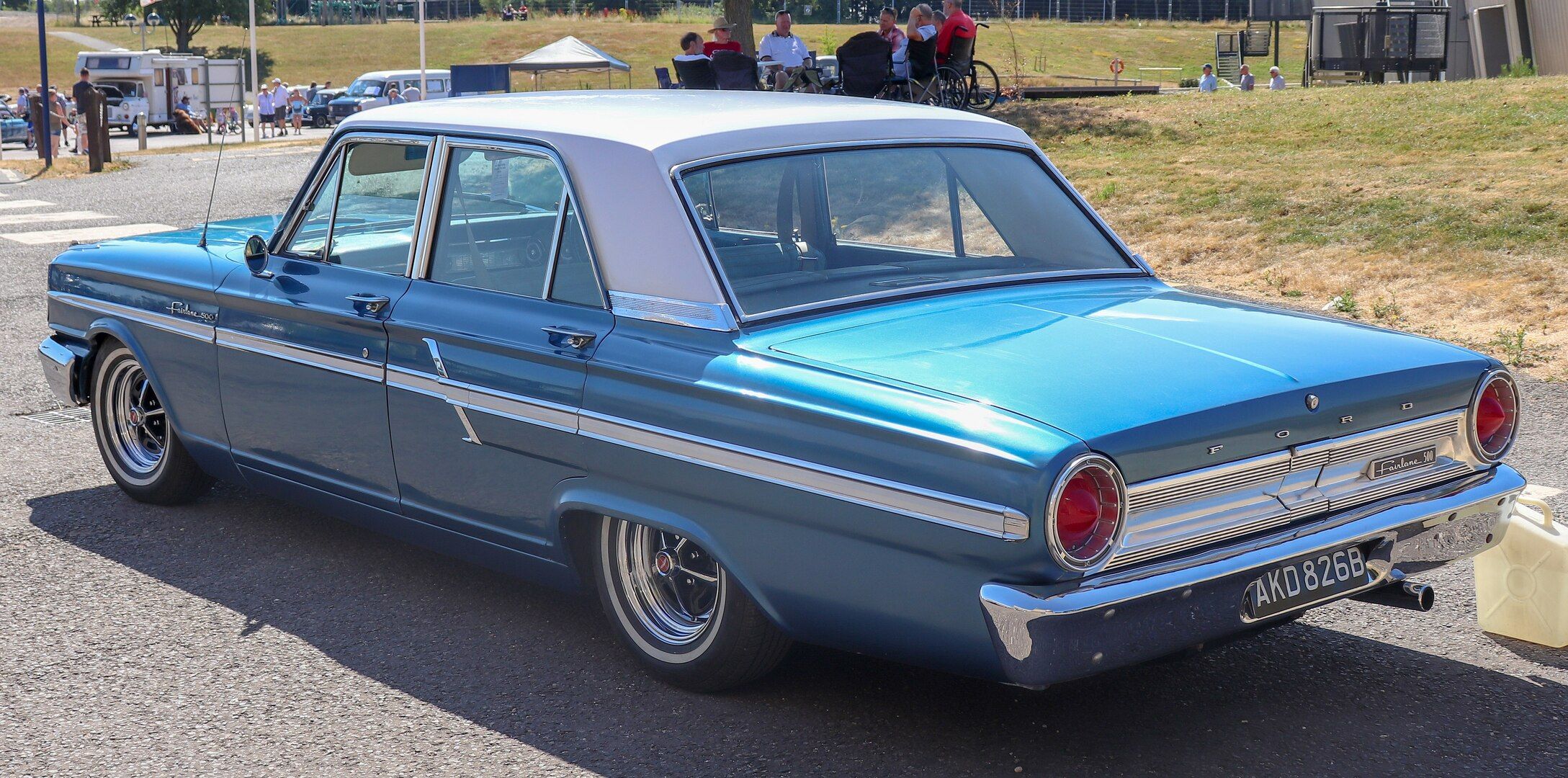
The Ford Fairlane 500 R Code resulted from the usage of the strong 427 FE engine, which was already well-known for its strength. The R-Code Fairlane was designed with the intent of dominating the drag strip. The automobile was built for speed, with minimum frills and maximum power, and it surely did not disappoint. The combination of the vehicle’s powerful engine and modest curb weight made it a deadly performer. In a road test conducted in July 1966, a standard 1966 Fairlane XL 500 427 completed the quarter-mile in just under 13 seconds at 114 mph, which was outstanding for the period.
Although the Fairlane made its debut in 1955 and was moderately successful, it was not until the introduction of the second-generation model in 1957 that the car truly captured the attention of car enthusiasts. The car’s sleek, longer, wider, and lower look quickly became popular, and the Fairlane went on to become one of Ford’s longest continuously running models, spanning five more generations. The Fairlane’s success set the stage for the creation of the R-Code, which further cemented the car’s place in automotive history as a true performance and racing icon.
Why Ford Fairlane 500 R Code Was Manufactured In Limited Numbers
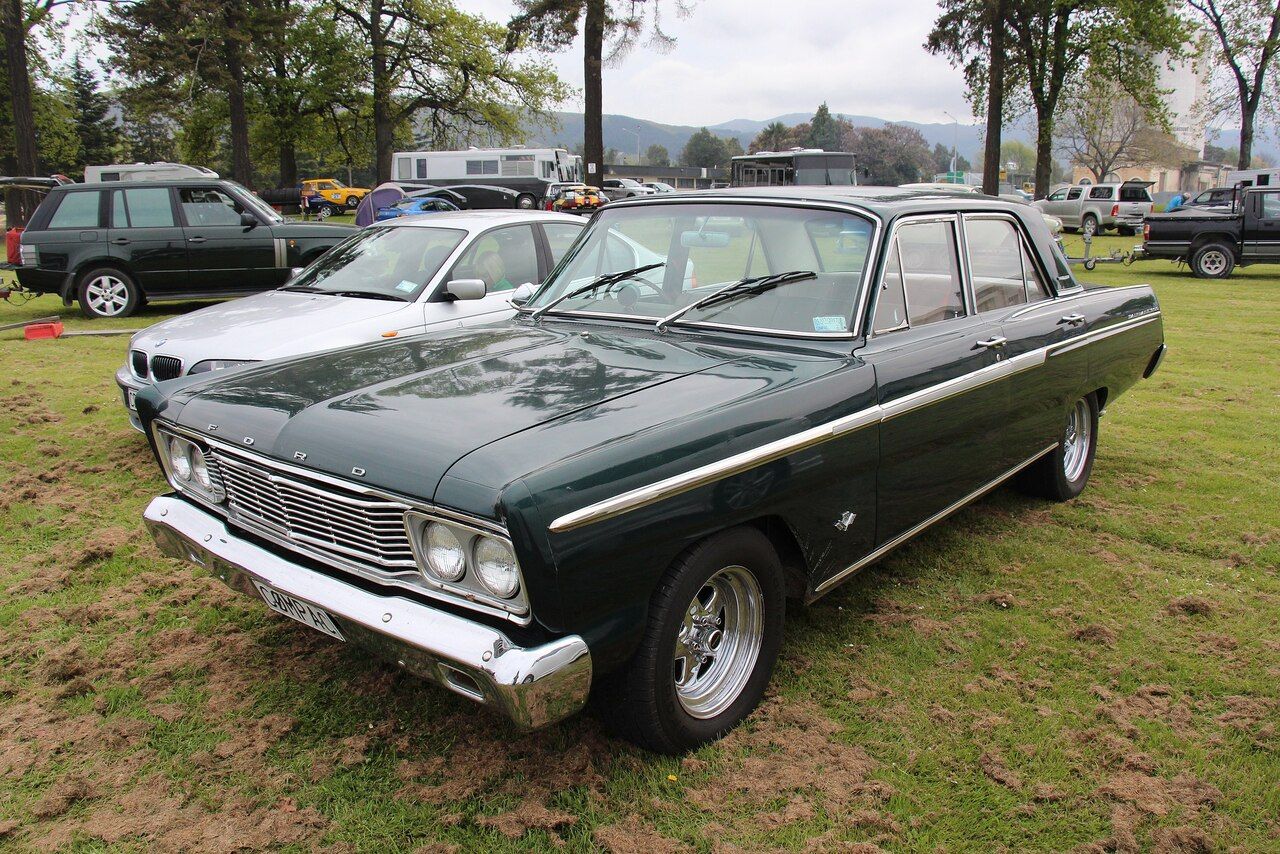
There have been several muscle cars built specifically for racing on the NASCAR or NHRA circuits, but only a handful have been made accessible to the public. Race cars in the NASCAR series have to be based on mass-market automobiles in order to compete. This resulted in the general public being able to purchase race-prepared automobiles. While few Ford Fairlane 500 R-Codes were built for public roads, this model was mainly intended for racing.
The Fairlane Thunderbolt was first deployed on the racetrack, but was eventually replaced by the 500, which was able to accommodate the massive 427 V8 without any modifications. As required by NHRA rules, Ford planned to produce just 50 427-powered Fairlanes. Finally, 57 completed units were manufactured. The difficulty of sourcing an engine appropriate for a street-legal Ford Fairlane 500 R-Code led to its reduced manufacturing numbers. Neither the 289 V8’s compact size nor the 390 V8’s high price made it a good choice for use on public roads.
Legacy And Collectibility Of The Ford Fairlane 500 R Code
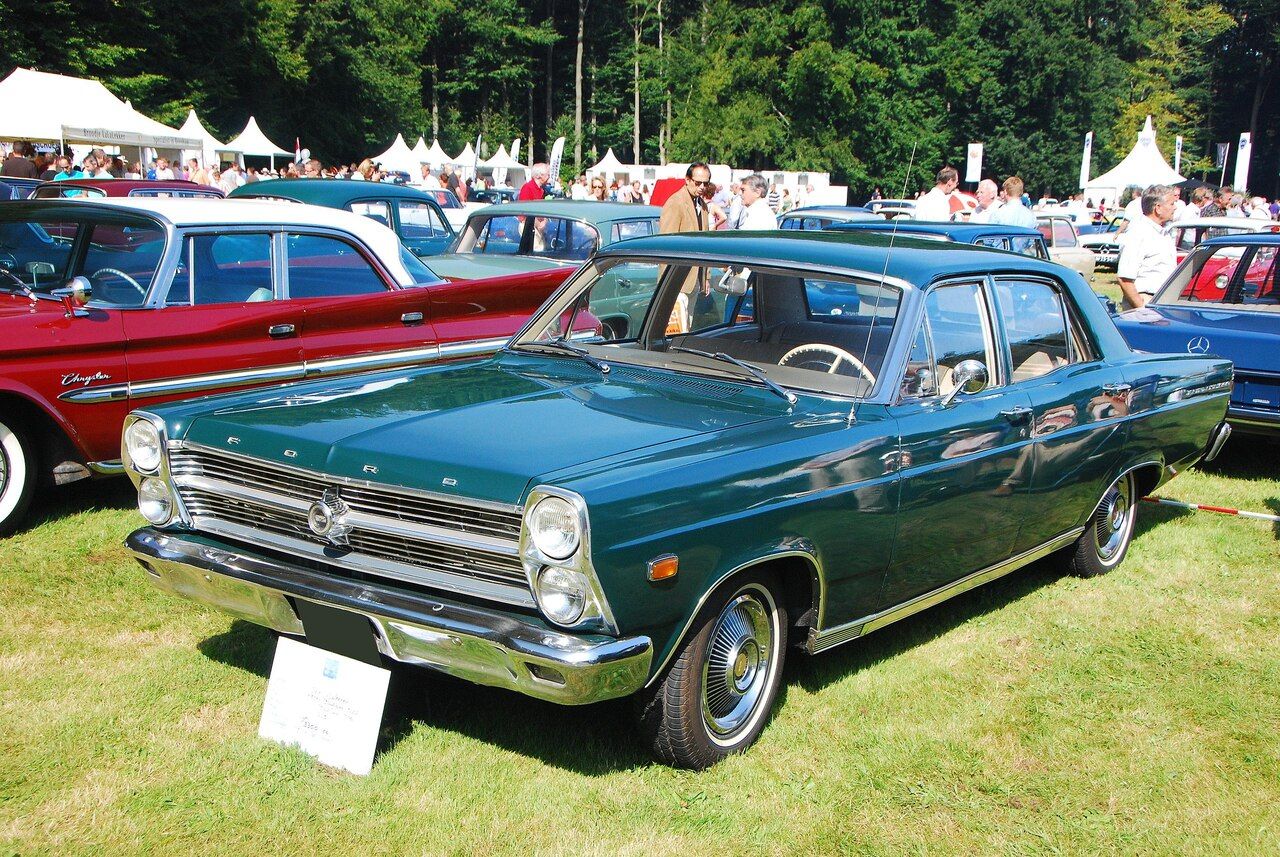
Preserved Fairlane R-Codes are very rare and valuable amongst collectors nowadays. It was quite costly, exceeding $4000 in 1966, which was the same as the price of a regular Fairlane. An original example of one of these vehicles is difficult to come across since so many had their engines swapped out in the beginning. They often sell for over $200,000-$300,000 at auctions. In short, the difficulties of locating an appropriate engine for a street-legal Ford Fairlane 500 R-Code constrained manufacturing. Nonetheless, the vehicle has become a prized artifact of muscle car history, fetching significant sums at auction. The Fairlane R-Code exemplifies the enthusiasm and innovation of the muscle car era and shows why these cars are still popular today. It’s a symbol of the ingenuity and originality that characterize the muscle car subculture, and it continues to motivate car nuts even now.
